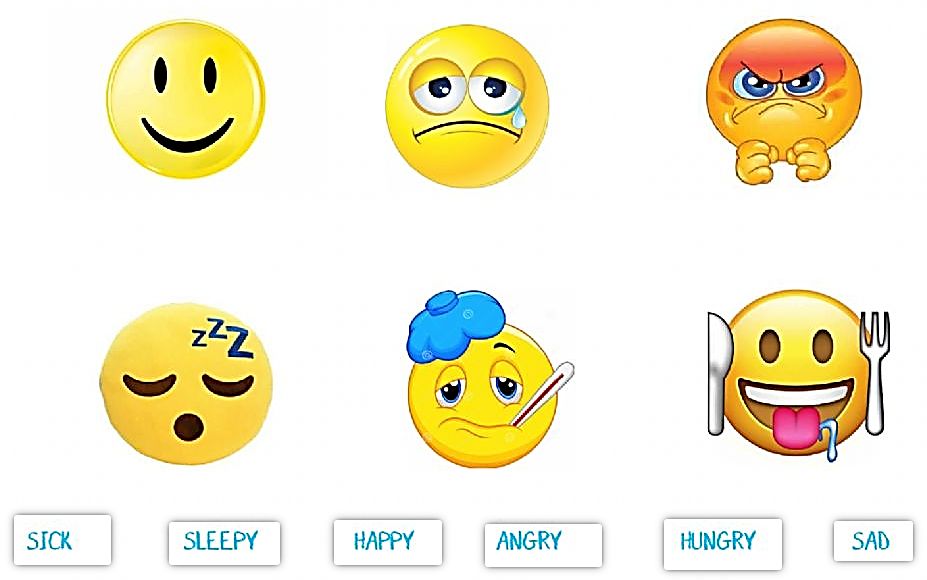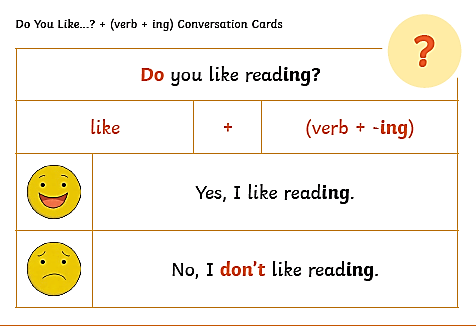
Short term plan
School № ___
|
Term: 2 Unit 4 Lesson 32. |
The world around us. |
|
|
Teacher’s name: |
|
|
|
Date: |
|
|
|
Grade: 2 |
Number present: |
Number absent: |
|
Theme of the lesson: |
What do they do? |
|
|
Learning objectives(s) that this lesson is contributing to |
2.1.6.1 understand some specific information in short, slow, carefully articulated talk on routine and familiar topics 2.2.3.1 use a limited range of basic words, phrases and short sentences to describe objects, activities and classroom routines 2.3.5.1 understand the main points of simple sentences on familiar topics by using contextual clues 2.5.6.1 use demonstrative pronouns this, these, that, those to make and respond to requests for information |
|
|
Lesson objectives |
By the end of the lesson the students will be able to:
|
|
Lesson procedure:
|
Stages of the lesson/ Time |
Teacher’s activity |
Student’s activity |
Assessment |
Resources/ materials |
|
Greeting. Organisation moment. |
Teacher greets pupils and asks “How are you today?” to find out their mood at the beginning of the lesson. |
Childrens’ greetings. Then pupils choose one of the smiles they see on the slide, saying “I am happy/sad….etc.”
|
|
Student’s Book “Family and friends 2. Kazakhstan edition”. (Oxford University Press) |
|
Warm up |
|
Pupils revise after-school activities, then make predictions about the text. |
|
CD 43 |
|
Main activities |
Ex.1 p.32.
Ex.2 p.32.
|
Pupils look at the pictures and say what the children do. Answers: play football, have a music lesson, visit my grandma, draw, skate
Pupils have practice in listening and reading the recording.
Pupils have practice in using sentences with I like/don't like about the activities.
|
Comprehension questions |
CD 46 |
|
Physical training exercise |
A break for physical activity. Teacher plays the video with physical exercises. |
Pupils watch and do physical exercises. |
|
|
|
Main activities |
Ex.3 p.32.
Optional activity
|
Pupils look through the text again, matching questions with answers. Answers: 1 At home 2 In the art room 3 in the supermarket 4 In the park 5 At the station Pupils play a memory game.
Pupils draw a picture of their favourite after-school activity, then present it to others. |
Matching task Drawing and describing a picture. |
|
|
The end of the lesson |
Teacher asks pupils “How are you?” to find out their mood at the end of the lesson, compares it to the initial mood pupils had and makes conclusion how the lesson influenced students and why. Giving the homework. |
SS write their homework for the next lesson. |
Pupils evaluate themselves using evaluation lists.
|
|
жүктеу мүмкіндігіне ие боласыз
Бұл материал сайт қолданушысы жариялаған. Материалдың ішінде жазылған барлық ақпаратқа жауапкершілікті жариялаған қолданушы жауап береді. Ұстаз тілегі тек ақпаратты таратуға қолдау көрсетеді. Егер материал сіздің авторлық құқығыңызды бұзған болса немесе басқа да себептермен сайттан өшіру керек деп ойласаңыз осында жазыңыз
What do they do?
What do they do?
Short term plan
School № ___
|
Term: 2 Unit 4 Lesson 32. |
The world around us. |
|
|
Teacher’s name: |
|
|
|
Date: |
|
|
|
Grade: 2 |
Number present: |
Number absent: |
|
Theme of the lesson: |
What do they do? |
|
|
Learning objectives(s) that this lesson is contributing to |
2.1.6.1 understand some specific information in short, slow, carefully articulated talk on routine and familiar topics 2.2.3.1 use a limited range of basic words, phrases and short sentences to describe objects, activities and classroom routines 2.3.5.1 understand the main points of simple sentences on familiar topics by using contextual clues 2.5.6.1 use demonstrative pronouns this, these, that, those to make and respond to requests for information |
|
|
Lesson objectives |
By the end of the lesson the students will be able to:
|
|
Lesson procedure:
|
Stages of the lesson/ Time |
Teacher’s activity |
Student’s activity |
Assessment |
Resources/ materials |
|
Greeting. Organisation moment. |
Teacher greets pupils and asks “How are you today?” to find out their mood at the beginning of the lesson. |
Childrens’ greetings. Then pupils choose one of the smiles they see on the slide, saying “I am happy/sad….etc.”
|
|
Student’s Book “Family and friends 2. Kazakhstan edition”. (Oxford University Press) |
|
Warm up |
|
Pupils revise after-school activities, then make predictions about the text. |
|
CD 43 |
|
Main activities |
Ex.1 p.32.
Ex.2 p.32.
|
Pupils look at the pictures and say what the children do. Answers: play football, have a music lesson, visit my grandma, draw, skate
Pupils have practice in listening and reading the recording.
Pupils have practice in using sentences with I like/don't like about the activities.
|
Comprehension questions |
CD 46 |
|
Physical training exercise |
A break for physical activity. Teacher plays the video with physical exercises. |
Pupils watch and do physical exercises. |
|
|
|
Main activities |
Ex.3 p.32.
Optional activity
|
Pupils look through the text again, matching questions with answers. Answers: 1 At home 2 In the art room 3 in the supermarket 4 In the park 5 At the station Pupils play a memory game.
Pupils draw a picture of their favourite after-school activity, then present it to others. |
Matching task Drawing and describing a picture. |
|
|
The end of the lesson |
Teacher asks pupils “How are you?” to find out their mood at the end of the lesson, compares it to the initial mood pupils had and makes conclusion how the lesson influenced students and why. Giving the homework. |
SS write their homework for the next lesson. |
Pupils evaluate themselves using evaluation lists.
|
|

шағым қалдыра аласыз



















